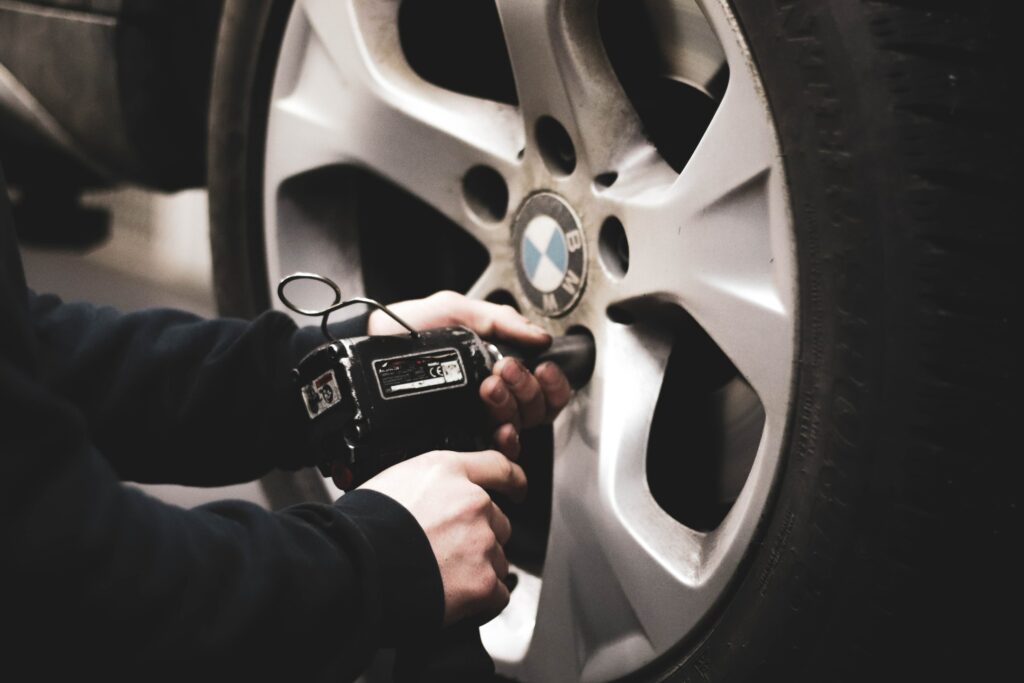Do not fall for these 3 car dealership traps! When we founded CarEdge five years ago, our mission was simple: empower customers to navigate car buying with confidence. While we’ve come a long way, car dealerships continue to use tactics that make negotiations challenging. Recently, I tested our CarEdge negotiation templates by interacting with dealerships firsthand, and the results were eye-opening. Here are three common car dealer tactics and, more importantly, how you can play it smart.
1. Dealer won’t give the out-the-door price
The number one piece of advice we always give to DIY car buyers is to insist on negotiating the out-the-door price. The out-the-door price (OTD price) includes taxes and fees, giving you a true picture of the total cost of the car. We have a free OTD price calculator that can be a valuable tool while you shop.
Unfortunately, it’s often a challenge to get an OTD price from car salespeople. They will tell you that you need to stop by in-person to get an accurate quote. It’s simply not true. As long as you’ve shared the exact vehicle you’re interested in and your zip code, nothing is keeping them from sending you the car’s OTD price. This is a problem I ran into multiple times as I interacted with dealerships. In fact, it’s a common car dealership tactic.
Take the following exchange with a Florida Honda dealership, for example. Our messages started off as expected…

Soon, our texting turned into a back-and-forth about one thing: my insistence on seeing the out-the-door price for a Honda CR-V I was interested in.

Notice that as a confident car buyer, I didn’t back down. If you keep asking, the salesperson will eventually share their out-the-door price quote with you. And in the rare event that they don’t, you definitely don’t want to give them your business anyway. Here’s how this conversation ultimately played out.

See, that wasn’t too much to ask, was it?
Let’s take a look at other car dealership tactics that buyers face when inquiring about cars online or via text.
2. They want to know if you have a trade-in
You may have caught it in the messages shared above, but car salespeople always want to know how much is in it for them. And by that, I simply mean how much money they will be making. And with that, comes the question of whether or not you have a trade-in that they can expect to resell either on their lot or at the auction.
Here’s how quickly the representative from Honda of Aventura brought up the question of a trade-in.

The story was the same at other dealerships. All too often, the salesperson insists on knowing if you have a trade-in. There’s a simple way to handle that – don’t give them an answer. As we talk about in the trade-in tactics for success guide, you should always treat your trade-in and the vehicle you are purchasing as two separate transactions. A polite way to work around their question is to kindly say that you may have a trade, but you’re not sure right now. Then follow that up with a reminder that you really just want to know the out-the-door price after all.
Why shouldn’t you share if you have a trade-in? Car dealers like to treat your trade-in and new purchase as one transaction, allowing them to play with the numbers to make them more favorable for them. Getting a car deal that’s almost too good to be true? Expect them to offer less for your trade-in. If you insist on keeping your new car purchase and trade-in as separate transactions, they won’t be able to use your trade-in against you.
3. The dealer adds accessories you don’t want

If you’ve purchased a new or used car in the past decade, you’ve almost certainly encountered cars with unnecessary and sometimes downright odd add-ons. The story from the car salesperson is always the same: the car has this great product, and since it’s already on the car, it’s added to the vehicle’s price.
These car dealer fees add little value despite potentially costing hundreds or thousands of dollars. If you don’t want the product, these fees or ‘add-ons’ are always negotiable:
- Etching – You can find it elsewhere for significantly less.
- Paint protection – A wax job at a local shop will be more cost-effective.
- Nitrogen-inflated tires – The benefits are minimal, and air inflation works just as well.
- Pinstripes – These are often overpriced and outdated styles.
These are just some of the many ‘almost fake’ fees that car dealerships charge in the form of forced add-ons. See the complete list of car dealership add-ons here.

As you can see from my outreach, one dealer added $999 in accessories. What are these accessories? Do I want them? Did I ask for them? When you negotiate the out the door price, be prepared to negotiate these accessories off the price of the vehicle.
All car buyers should remember this: you don’t have to accept markups for forced add-ons. If anyone tells you that you do, then remind them of pending lawsuits about this deceptive practice. Here’s how we negotiate dealer add-ons effectively:
- Push back, and ask for a copy of the add-on product’s contract.
- Point out that on the contract, it is clearly stated that accepting the product is voluntary and is not necessary to obtain financing.
- Don’t hesitate to say that you’re walking away from the deal. The salesperson (and sales manager) need to know that you mean business, and are not simply in love with the car.
See exactly how we negotiate dealer add-ons with this free guide
Remember, You’re In Control
As I just experienced firsthand, the key to successful car buying is staying in control of the negotiation process. Car dealership tactics will often try to steer the conversation toward their advantage, but by being persistent and informed, you can avoid common traps like hidden fees, unnecessary add-ons, and unclear pricing.
Don’t hesitate to push back when necessary, and remember: you can always walk away from a deal if it doesn’t meet your expectations. You hold the power in these transactions, so use the free car buying resources at your disposal to secure the best possible outcome.













0 Comments